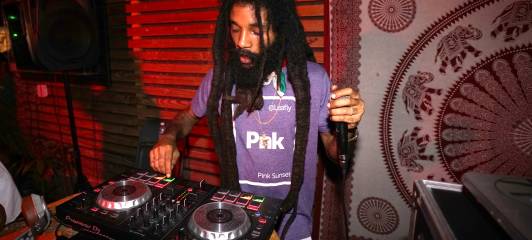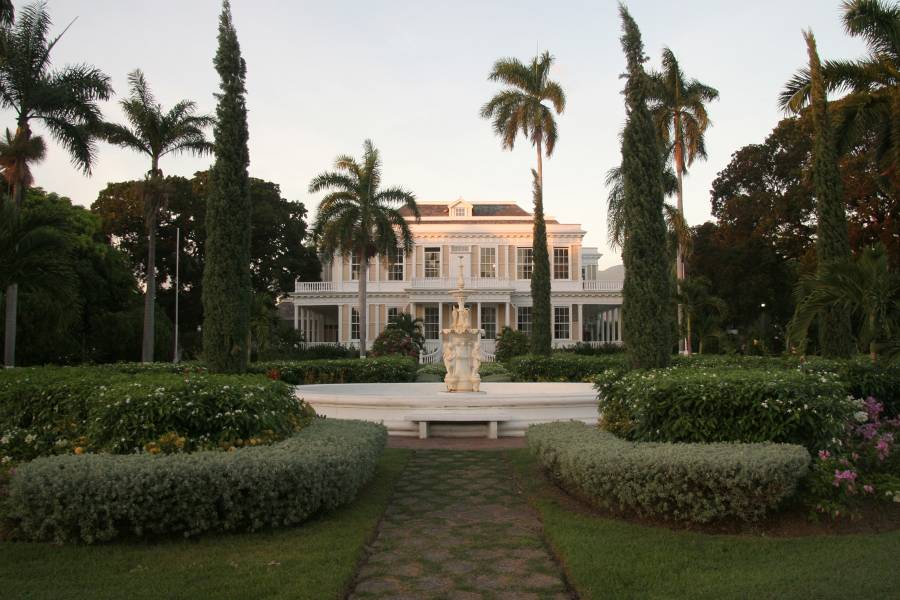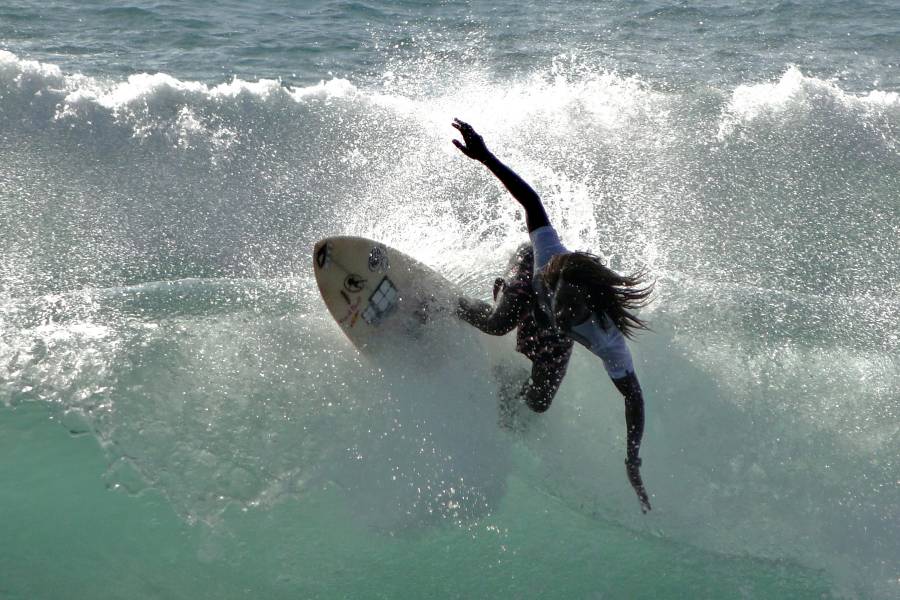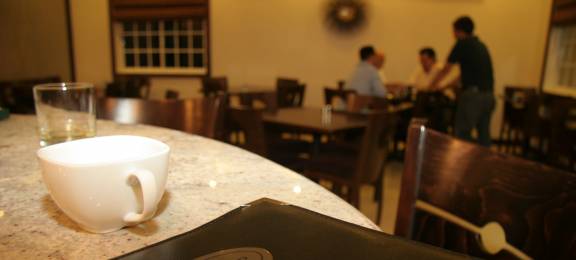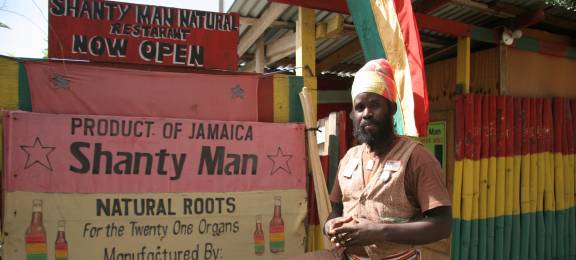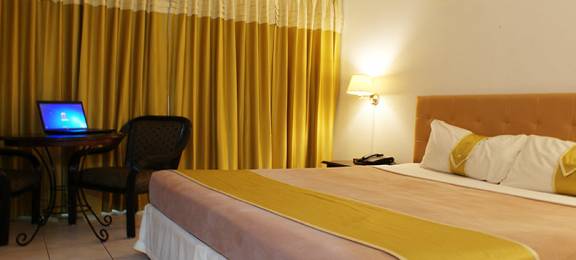Norma's (31 Whitehall Ave., 8:30am-4:30pm Mon.-Sat.) children Karlene, Karl and Christopher Ferguson carry on their much beloved mother’s legendary cook shop after her 2015 passing with dedication and pride. It’s some of the best local fare in town serving staples like curry goat, oxtail, and stewed chicken for take-out. You won't find better value; lunches come in small (US$4) or large (US$5-8). Seasonal juices (US$2-3) like carrot and orange, June plum, otaheite apple and carrot punch are made fresh daily. Fish and shrimp are sometimes prepared.
